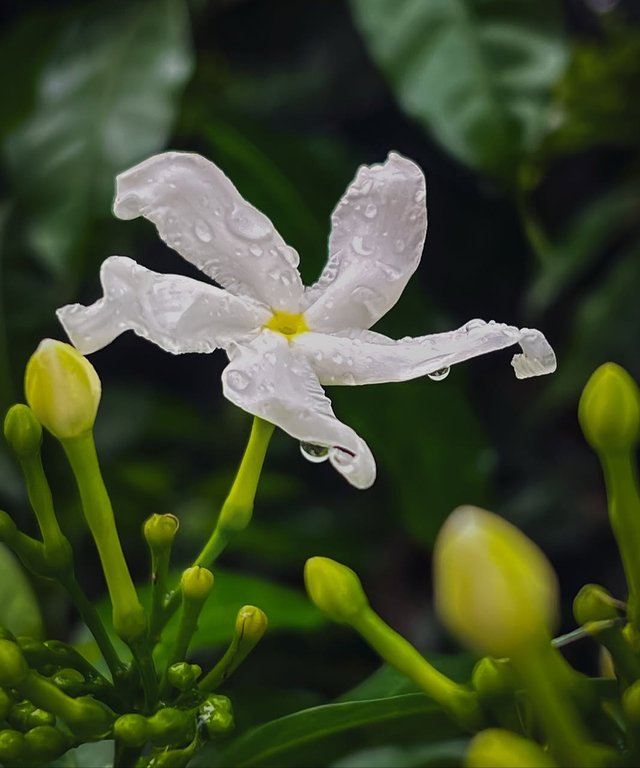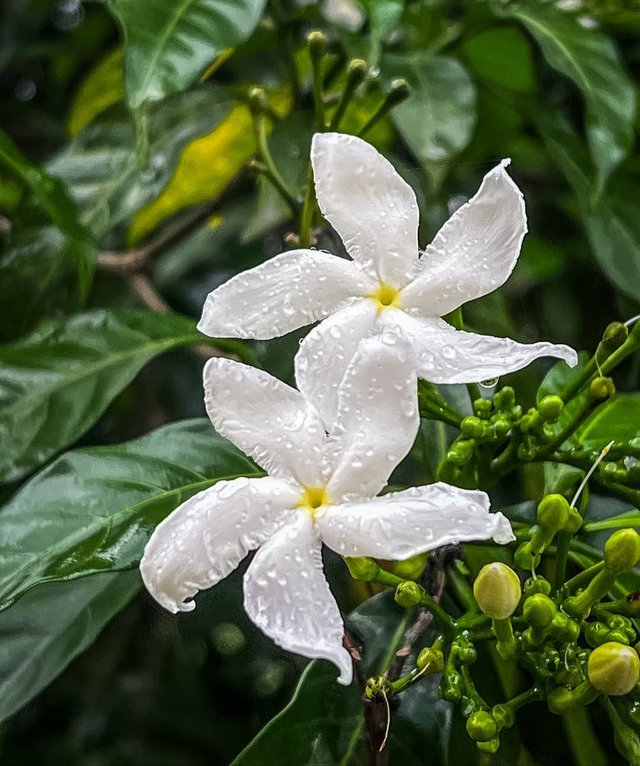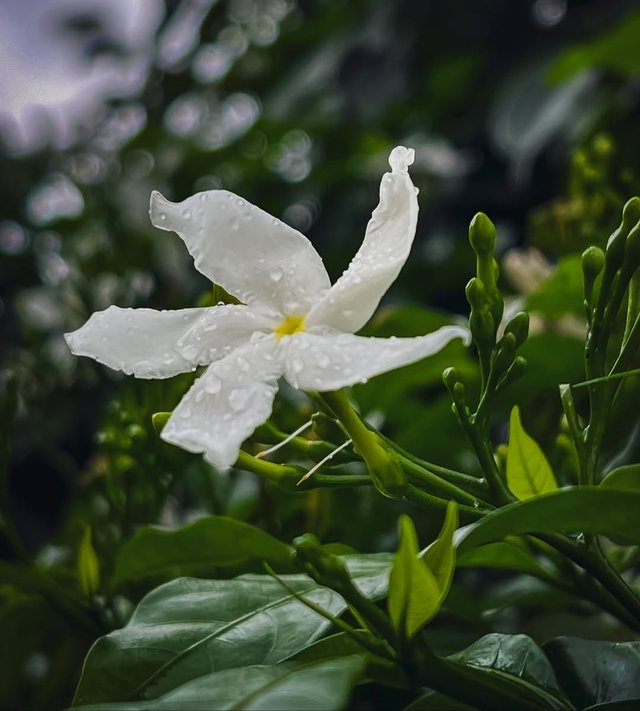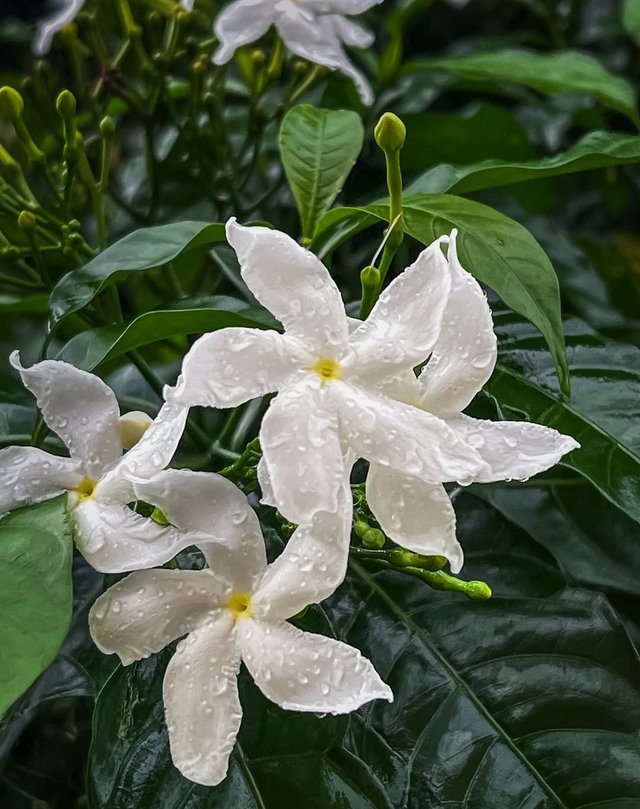Arabian Jasmine Flower
Arabian jasmine is one of the most cherished and fragrant flowering plants in the world, admired not only for its beauty but also for its cultural and spiritual significance. Native to South and Southeast Asia, this evergreen vine or shrub has found a place in gardens, temples, homes, and ceremonies across many countries. With its intoxicating fragrance and delicate white blooms, Arabian jasmine has become a symbol of purity, love, and devotion.
Appearance and Growth
Arabian jasmine is a small, bushy shrub or climbing vine that can reach up to 3 meters in height when properly supported. Its glossy green leaves form a lush background for the star-like flowers that bloom in clusters. The blossoms open in the evening and release their strongest fragrance at night, filling the air with a sweet, captivating scent. Typically, the flowers are white, though they may turn slightly pink as they age. The plant thrives in warm climates and requires plenty of sunlight, making it a favorite in tropical and subtropical regions.
Cultural Significance
The beauty of Arabian jasmine extends far beyond its appearance. In many Asian countries, the flower holds deep cultural and symbolic meaning. In India, it is woven into garlands for weddings, religious offerings, and festive occasions. The blooms are also often worn in women’s hair, symbolizing grace and charm. In the Philippines, Arabian jasmine—locally known as sampaguita—is the national flower, representing simplicity, purity, and humility. In Indonesia, it is a symbol of sacredness and eternal love, often used in traditional wedding ceremonies.
Fragrance and Uses
The fragrance of Arabian jasmine is one of its most prized qualities. It is a major ingredient in perfumes, essential oils, and aromatherapy, known for its calming and uplifting effects. The flowers are also used in the making of jasmine tea, particularly in China, where the blooms are infused with green tea leaves to create a soothing and aromatic beverage. In addition, the plant has been valued in traditional medicine for its potential to ease stress, improve mood, and promote relaxation.
Care and Cultivation
Arabian jasmine is relatively easy to grow with the right conditions. It prefers full sun to partial shade, well-drained soil, and regular watering, though care should be taken to avoid waterlogging. Pruning encourages healthy growth and abundant flowering, while providing a trellis or support allows the plant to climb beautifully. Because of its versatility, Arabian jasmine can be grown in pots, garden beds, or as a decorative hedge, making it suitable for both small spaces and large landscapes.




